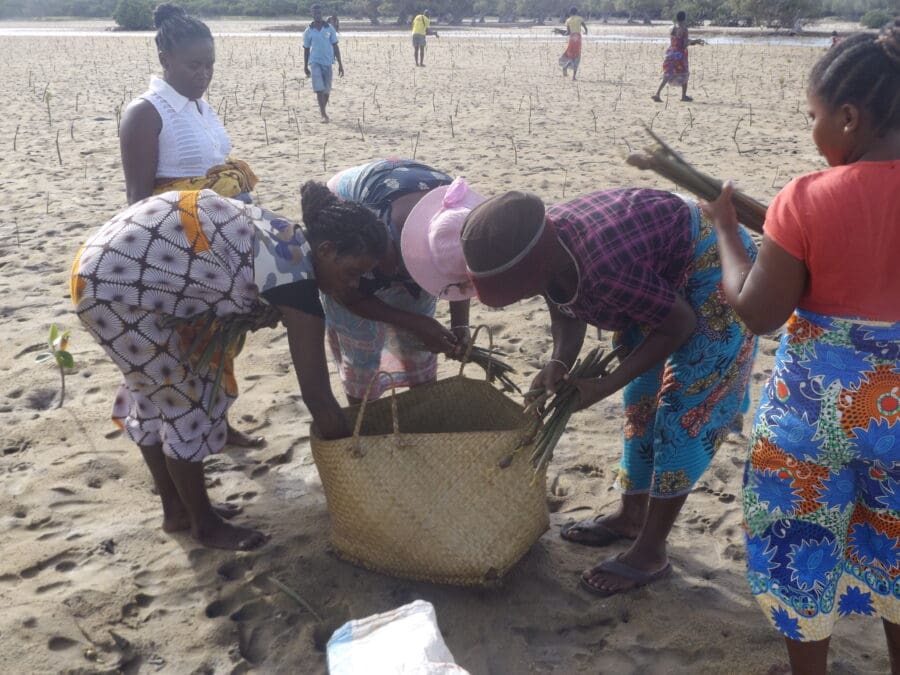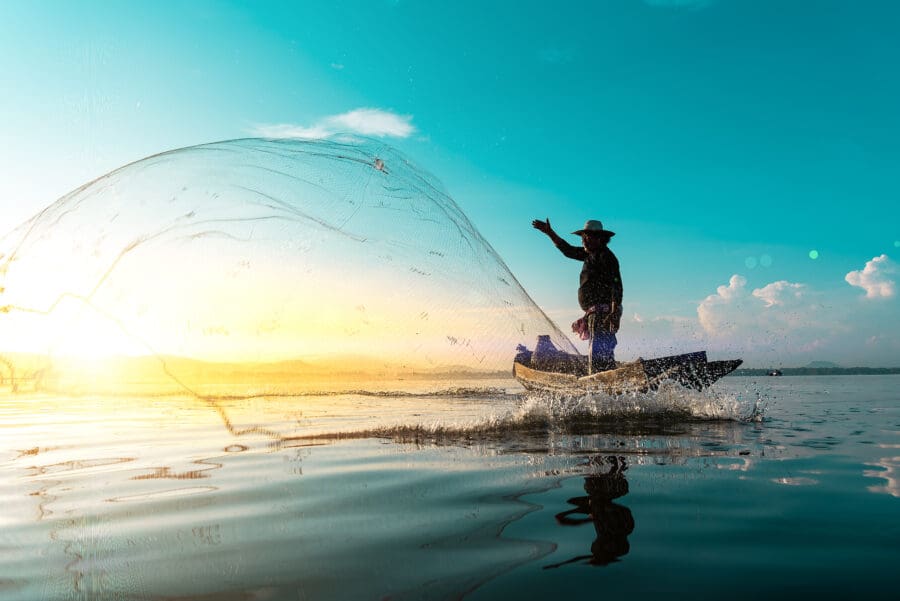A new report by RRI, Forest Peoples Programme, and the ICCA Consortium assessing 30 high-biodiversity countries across Africa, Asia, and Latin America finds that while most countries have legal pathways to advance rights-based conservation, in practice, communities’ contributions to national conservation efforts continue to be inadequately recognized or supported.
September 22, 2025

When governments signed on to the Kunming-Montréal Global Biodiversity Framework (GBF) in 2022, they promised to protect 30 percent of the world’s lands, waters, and seas by 2030. But the GBF also recognized something deeper: Conservation cannot succeed without the rights, leadership, and knowledge of Indigenous Peoples, Afro-descendant Peoples, and local communities.
Now, a new report by RRI, Forest Peoples Programme, and the ICCA Consortium assessing 30 high-biodiversity countries across Africa, Asia, and Latin America shows that while most countries have legal pathways to advance rights-based conservation, in practice, communities’ contributions to national conservation efforts continue to be inadequately recognized or supported. In many countries, communities that have stewarded lands, forests, and rivers for generations still lack the legal recognition and protections they deserve and need to survive and to continue their critical work.
The report identifies five opportunities that should be seized if countries are to deliver on the GBF’s promise:
These gaps matter. Without secure tenure rights and strong legal protections, conservation efforts risk repeating the mistakes of the past and displacing communities in the name of protecting nature. But the report also highlights opportunities: nearly every country studied has potential pathways for community-led conservation. What’s needed now is political will, investment, and partnership.
The experiences of three communities—stretching from East Africa to South America to Southeast Asia—show what’s at stake and what’s possible.
In northeast Madagascar’s Loky Manambato landscape, mangroves once suffered from overuse, leaving fishing families with dwindling catches and incomes. Facing these challenges, women in the village of Ampasimadera decided to organize. They formed associations to restore and manage the mangroves—an unusual step in a society where women’s roles are often limited to the household.
Today, with support from Fanamby, four women’s associations manage over 1,000 hectares of mangroves, restoring nearly 20 hectares. Their efforts have revived crab, shrimp, and fish populations, boosted family incomes, and built new livelihoods through weaving and craft-making. Monthly earnings for members now range from US$25 to US$55—significant in the region.
The success of these women-led initiatives shows how empowering community women can deliver both conservation and economic resilience. Loky Manambato is now seen as a model, with women’s leadership central to safeguarding Madagascar’s coastal ecosystems.

In Guyana, the Wapichan people have safeguarded their forests for generations, especially the headwaters area that sustains their territory. Yet the government has never formally titled these lands, leaving the Wapichan people vulnerable to land grabs and excluded from decision-making.
The GBF offers a chance to change this. Guyana has committed to doubling its conserved areas by 2025 and meeting the 30×30 target. But to get there, the government must recognize the Wapichan’s efforts as legitimate contributions. The Wapichan people have developed Village Sustainability Plans and a Territorial Management Plan to formalize their commitment to conserving their territories. The South Rupununi District Council is already in dialogue with authorities, urging recognition of their conserved headwaters.
If the government partners with the Wapichan, it could set a precedent for Indigenous-led conservation. If not, it risks repeating past mistakes, like the establishment of Kanashen Amerindian Protected Area in 2017, which was created without true community leadership and led to the displacement of villagers.

Half a century ago, the Ikalahan people of northern Philippines faced eviction from their ancestral forests. Rather than leave, they organized. With the help of a lawyer, they formed the Kalahan Educational Foundation (KEF) in 1973, securing a landmark agreement with the government to manage their land as the Kalahan Forest Reserve.
This was revolutionary at the time: Conservation by and for the people, not against them. The Ikalahans combined Indigenous knowledge with scientific approaches, mapping their territory, designating water source zones, and protecting bird habitats. They turned non-timber forest products into community livelihoods, creating jobs while keeping forests standing.
Fifty years later, the KEF continues to steward the land, proving that community rights are not a barrier to conservation—they are the foundation of it.

From Madagascar to Guyana to the Philippines, these stories show that rights-based conservation isn’t just possible—it’s already happening. But too often, communities succeed in spite of legal barriers rather than because of them.
Governments, donors, and conservation organizations now face a choice: Will they embrace Indigenous, Afro-descendant, and local community-led conservation as a cornerstone of the GBF, or will they continue to sideline the very people who have protected biodiversity for centuries?
The answer will determine whether the promise of 30×30 becomes another top-down conservation target or a truly transformative step toward equity, justice, and sustainability.
Our top 6 recommendations for states are:
We identify six opportunities that should be seized if countries are to deliver on the Global Biodiversity Framework’s 30×30 goals:
RRI, Forest Peoples Programme, and the ICCA Consortium would like to thank the following authors for their contributions to the three case studies: Nicolas Salo (Madagascar), Lan Mei and Gavin Winter (Guyana), and Asami B. Segundo (the Philippines).
Cover Photo: Drone footage of a village in Sumatra, Indonesia. Photo by Jacob Maentz for Rights and Resources Initiative, 2022.